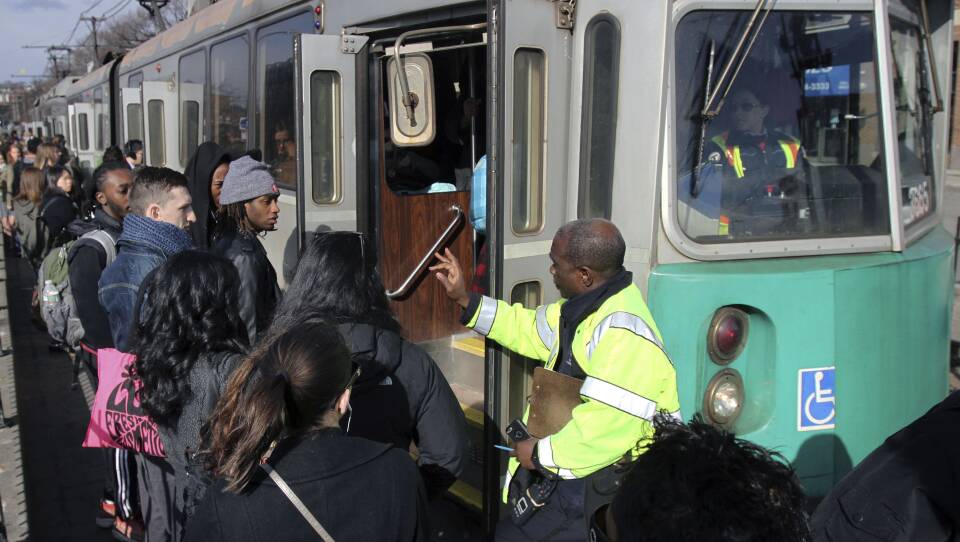In 2019, the MBTA put a price tag on how much it would take to bring its infrastructure up to a “state of good repair.” It was $10 billion.
Four years later, that cost has ballooned to $24.5 billion, according to the latest report released Thursday.
“While there are a number of contributing factors, it’s clear that years of underinvestment have added to the cost of bringing our system back to a state of good repair,” MBTA General Manager Phillip Eng said in a statement Thursday.
This estimated figure represents a nearly 250% increase since the 2019 report. Per the T, the spike is driven by more widely evaluating the assets under its control that need to be repaired, inflation and supply chain impacts on construction costs, and the fact that the MBTA’s assets are aging faster than they are being replaced due to years of underinvestment.
The largest expenses forecast include almost $12 billion for facilities and structures, $5 billion for new power infrastructure, $3.2 billion for new track, $2.4 billion for new rolling stock and more than $2 billion for new signal systems.
The MBTA says it is already addressing many of the needs identified in the capital needs assessment, citing critical track work on the Red Line’s Ashmont Branch and Mattapan Line that will be completed this fall.
The MBTA says it is currently working to incorporate the report’s findings into its capital project pipeline, a rolling five-year plan with the system’s top priorities. The transit agency is also seeking ongoing and sustainable future capital funding sources that will be required to support the repairs and upgrades.
At the MBTA Board meeting Thursday, Board member Tom McGee expressed frustration that the MBTA’s current capital investment plan is inadequate to meet the need outlined in the report.
“I mean, we're doing a capital investment program that doesn't come anywhere close to dealing with any of this — never mind the expansion, the regional rail and all the other things that many advocates and many of us have talked about,” he said.
The MBTA currently spends about $1.4 billion dollars a year to address capital needs. When Eng was asked how much additional money the T would have to spend annually to catch up on the repair backlog, he wasn’t sure.
“To quantify that number right now is difficult,” he responded. “One of the things as we look at the overall needs is how much can we physically do in a year and how much can we do using those dollars most efficiently.”
Transit advocates publicized their concerns after the report’s release — with at least one group worrying about the system’s safety in the wake of the details.
The advocacy group T4MA pointed to the figures on track and rolling stock, which say that 89% of transit tracks and 55% of rolling stock are “out of a state of good repair.”
“These numbers are very concerning particularly as they may pertain to safety,” the group wrote in a statement.
Others echoed Eng, saying that the high cost is a direct result of the years with too low of a budget to sustain necessary fixes.
"Today’s news is confirmation of what was already clear to T riders and supporters—the MBTA is suffering from a legacy of underinvestment and needs more funding to get the system back on track,” Kate Dineen, A Better City President & CEO, said in a statement. “Now, the Administration, elected officials, and advocates must come together to develop an actionable plan to identify new sources of revenue to address this critical backlog.”








